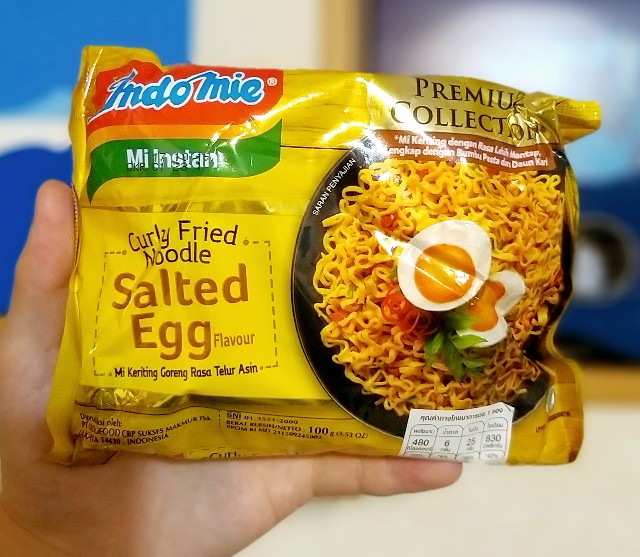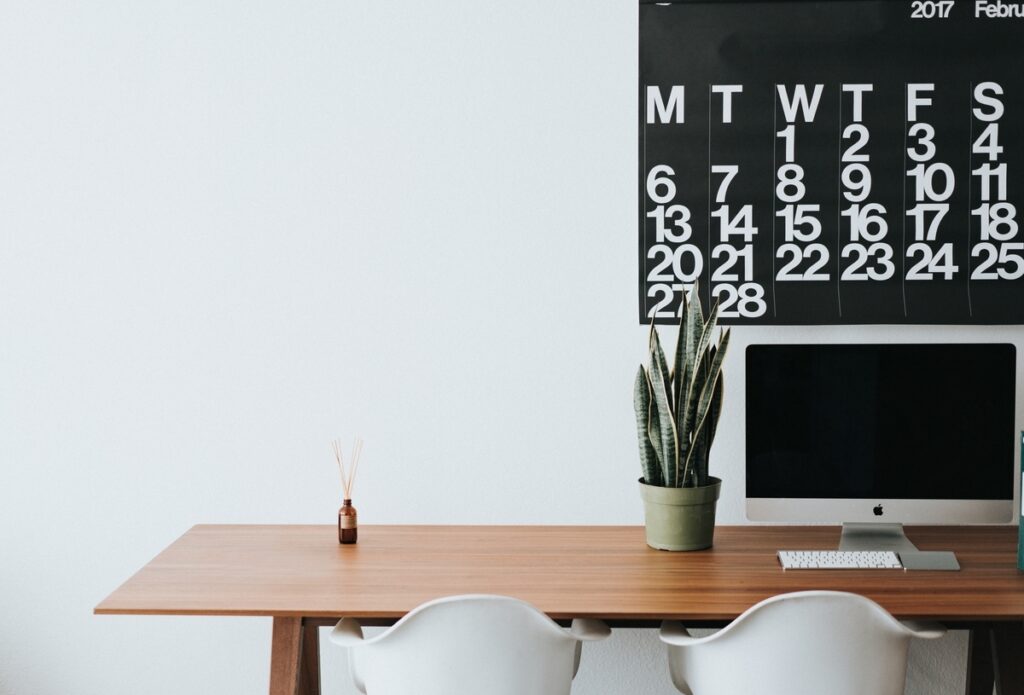
Coffee made from beans collected from excrement… this is definitely not just a novelty item!
Indonesian premium coffee Kopi Luwak, described in various ways as “the world’s most expensive coffee” and “coffee with the world’s most unusual production method.” I had the opportunity to actually taste this coffee, which has earned colorful nicknames due to its unique origins, in Yogyakarta, Indonesia. I’d like to report on my authentic experience—from its distinctive production method, through the nervousness before drinking, to the shocking taste that overturned my expectations.
This is coffee made from the excrement of the luwak, a type of civet cat, which eats coffee cherries and digests only the fruit, excreting the beans. The beans are carefully extracted from the droppings, then washed and processed into coffee. Just hearing about it makes one hesitant, yet somehow it’s treasured as premium coffee in Indonesia.
An Unexpected Encounter

Taman Sari, a famous tourist destination in Yogyakarta
This happened after visiting Taman Sari, the royal palace ruins in Yogyakarta. After leaving the main street bustling with tourists, I was casually walking through narrow alleys when a distinctive animal smell began wafting from somewhere. Following this scent through the alley, I arrived at a small building. There, I found a sign reading “Pinarak Coffee Luwak” and, to my surprise, a luwak leisurely relaxing in a cage. This unexpected face-to-face encounter with the legendary animal I’d only seen on TV and in photos stopped me in my tracks.

I was so excited that the photo came out blurry, but here’s the luwak in its cage
A woman who appeared to be the shop owner approached with a smile and recommended their special Kopi Luwak. When I asked the price, it was about 1,000 yen (approximately $10) per cup. By Indonesian standards, this wasn’t an amount one could casually spend. While regular coffee wouldn’t cost more than a few hundred yen, I hesitated. But having come this far, it seemed wasteful to decline. Treating it as a once-in-a-lifetime experience, I resolved to place the order.

Expensive, but I couldn’t help but order it
The Production Method as Rumored
After placing my order, the shop owner happily explained the production process. First, she showed me dried-up “brown lumps.” These were, quite frankly, coffee beans still retaining the shape of luwak droppings. While desperately trying to suppress the urge to grimace, she then showed me the washed and processed beans.

Viewer discretion advised if you’re eating? The dried luwak droppings

The shop owner casually placing processed coffee beans in her palm
The beautifully polished beans emitted a deep aroma, hardly seeming like the same substance. According to the shop owner’s explanation, the luwak’s digestive enzymes give the beans their unique flavor. Hearing this, I could understand it somewhat, but it still seemed quite unusual by normal standards.
The Fateful First Sip

Luwak coffee emitting a rich aroma
After waiting about 15 minutes, the coffee finally arrived. The deep brown liquid was served in an antique-style white cup. And for some reason, one of those “brown lumps” was placed alongside it. This was probably a service aimed at visual impact, but I couldn’t help feeling this presentation was unnecessary.
Taking a deep breath, I nervously picked up the cup. When I brought it close to my nose to check the aroma, a rich fragrance clearly different from regular coffee spread forth. Closing my eyes and taking a sip, I was surprised by a taste that far exceeded my expectations, causing my eyes to widen involuntarily.
Even with my unsophisticated palate that usually settles for convenience store coffee, the difference was obvious. Behind the powerful bitterness characteristic of dark roast lay richness and depth like premium chocolate. And after passing down my throat, an indescribable sweet aftertaste remained. It was a moment when I could truly understand that “premium coffee” was no exaggeration. For better or worse, contrary to expectations, I detected absolutely no unpleasant associations with its origins.
The Luxury of Drinking in Front of the Luwak
Afterward, I saw many Kopi Luwak specialty shops in Jakarta’s tourist areas, and even instant souvenir packs were sold at the airport. However, I haven’t encountered anything that surpassed the experience at Pinarak Coffee Luwak.

Deki Luwak, commonly seen in Jakarta, offers a more casual way to enjoy lighter luwak coffee
I don’t think this is simply a matter of quality differences. Like fresh milk tasted at a farm, there was something special about coffee carefully brewed on-site with the luwak right in front of me. This special experience engaging all five senses might be something that packaged products can never replicate.
Summary
Indeed, Kopi Luwak may be known by somewhat crude nicknames referring to its origins, and its production method initially inspires surprise and bewilderment. However, once you experience its taste, it’s mysteriously easy to deeply understand why it’s so treasured.
Particularly, the experience of drinking it locally with the luwak right in front of you becomes a valuable opportunity to discover new charms in coffee. If you have the chance, I definitely recommend giving it a try.
![[2024 Rendang Guide] Top 5 Delicious Rendang Restaurants in Jakarta, Indonesia – Indonesian Cuisine](https://en.kosupatravel.com/wp-content/uploads/2024/12/20240305234628.jpg)


![A Week Immersed with Local Lady in Jakarta’s Budget-Friendly Area “Jalan Jaksa” [Jalan Jaksa]](https://en.kosupatravel.com/wp-content/uploads/2024/12/20240513001241.jpg)

